Paul Marks, senior technology correspondent
The 11 March earthquake and tsunami that crippled Japan's nuclear industry has claimed a commercial victim thousands of miles away: the Sellafield Mixed Oxide (MOX) plant in Cumbria, UK, is to close "at the earliest practical opportunity" the UK Nuclear Decommissioning Authority announced today.
The plant's only customer was the vastly-troubled Japanese nuclear industry, currently embroiled in a programme of plant shutdowns as the scale of the seismic menace some of its power stations face comes into sharper relief. A Sellafield spokesman said plans to close one plant in particular, at Hamaoka, was instrumental in sealing the MOX plant's fate.
Situated on the coast some 200 kilometres south of Tokyo, the Hamaoka nuclear power plant straddles two major geological faults and has been described by seismologist Katsuhiko Ishibashi at Kobe University as a "kamikaze terrorist waiting to explode".





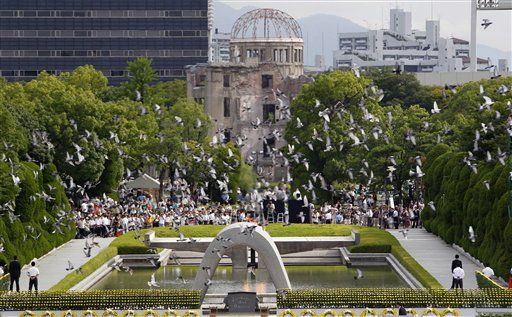

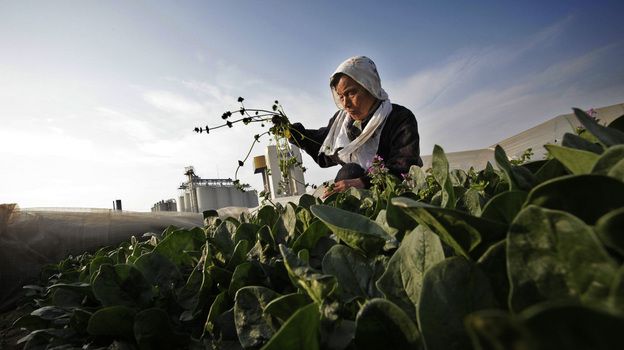

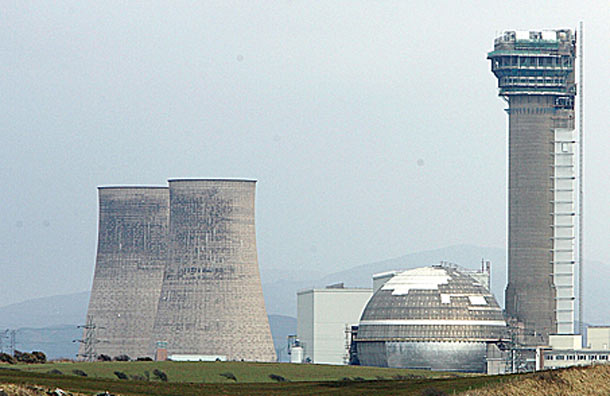

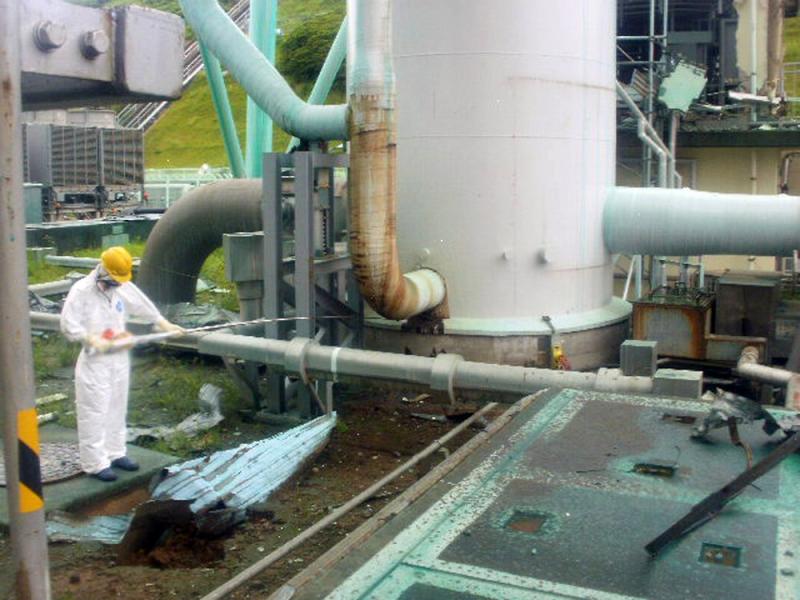
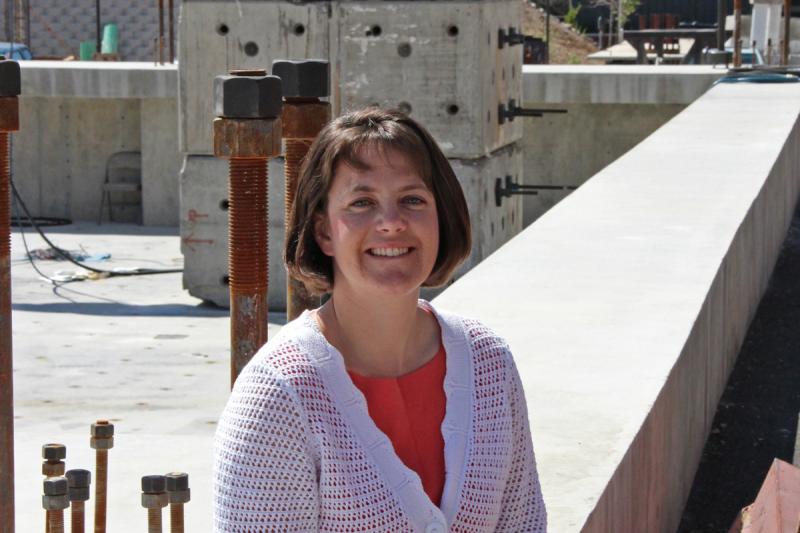
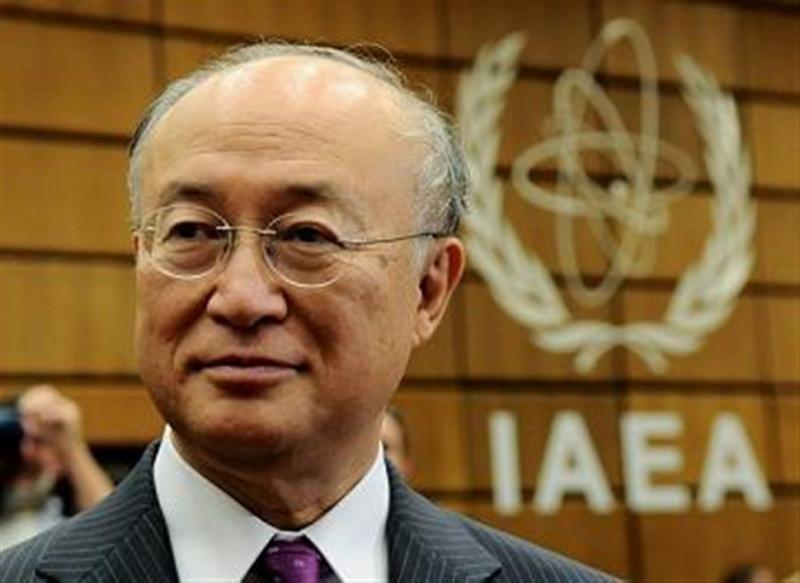
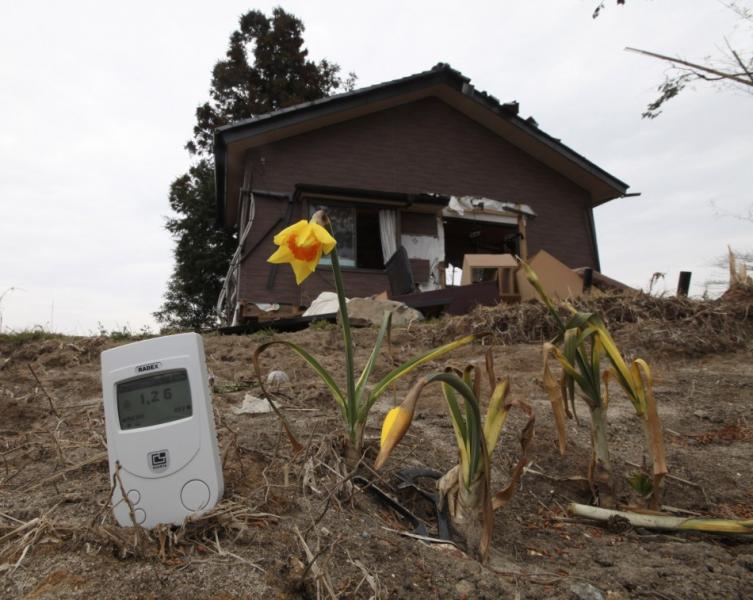
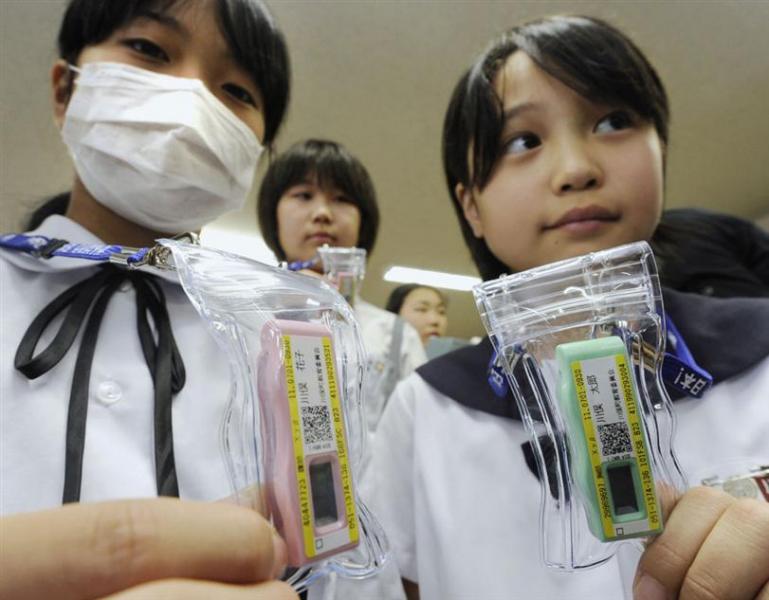

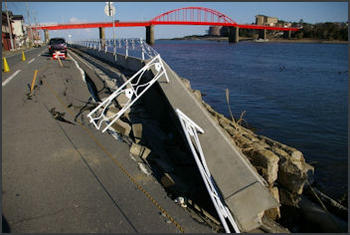
Recent Comments